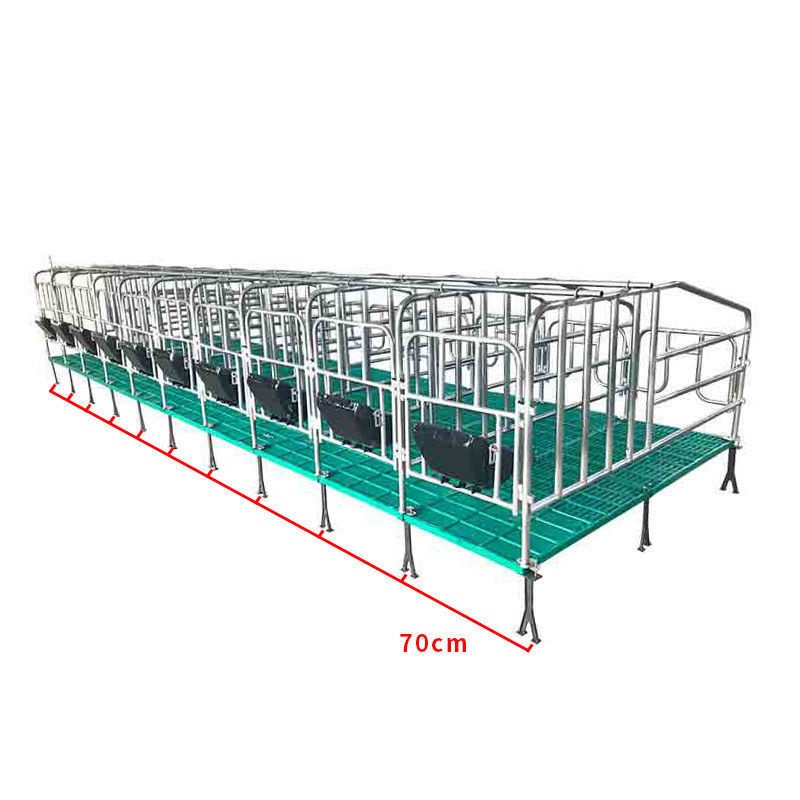Innovative Cooling Solutions for Greenhouses Using Evaporative Pads for Optimal Temperature Control
Sep . 24, 2024 21:09 Back to list
Innovative Cooling Solutions for Greenhouses Using Evaporative Pads for Optimal Temperature Control
Understanding Greenhouse Evaporative Cooling Pads
Evaporative cooling pads are essential components in greenhouse management, especially in regions experiencing high temperatures. They provide an effective method for cooling the air inside the greenhouse, ensuring optimal growth conditions for plants. These pads work on the principle of evaporative cooling, where water absorbs heat from the air as it evaporates, resulting in lower air temperatures.
How Evaporative Cooling Pads Work
The basic function of evaporative cooling pads is straightforward. When warm air enters the greenhouse, it passes through these pads that are soaked in water. As the air flows through the wet surfaces, water evaporates, taking heat energy with it and thus cooling the air before it circulates throughout the greenhouse. This process not only lowers the temperature but also increases humidity, which is beneficial for many types of plants that thrive in humid conditions.
Types of Cooling Pads
There are various types of evaporative cooling pads available, including cellulose pads and synthetic pads. Cellulose pads are made from corrugated paper that is highly absorbent, allowing them to retain water effectively. They are often used due to their excellent cooling efficiency and cost-effectiveness. On the other hand, synthetic pads, often made from materials like plastic or foam, provide durability and are resistant to mold and decay.
Benefits of Using Evaporative Cooling Pads
1. Energy Efficiency Unlike air conditioning systems, evaporative cooling pads consume significantly less energy. By utilizing the natural evaporation process, they offer an eco-friendly and cost-effective cooling solution.
greenhouse evaporative cooling pads

2. Improved Plant Health Maintaining optimal temperatures and humidity levels is crucial for plant health. Evaporative cooling pads help create a stable environment, boosting plant growth and yields.
3. Versatility These pads can be used in various setups, from small home greenhouses to large commercial operations. They can easily be integrated into existing ventilation systems.
4. Reduced Condensation Evaporative cooling pads help minimize condensation within the greenhouse, reducing the risk of mold growth and diseases that thrive in damp conditions.
Maintenance of Cooling Pads
To ensure maximum efficiency, regular maintenance of evaporative cooling pads is essential. This includes cleaning to prevent the build-up of algae and mineral deposits, which can impede water flow and reduce cooling effectiveness. Additionally, replacing worn-out pads is critical for maintaining optimal functionality.
Conclusion
In summary, greenhouse evaporative cooling pads are indispensable for effective climate control in horticulture. They provide a sustainable cooling solution that improves plant health and boosts growth while being energy-efficient and cost-effective. Proper maintenance and selection of the right type of pads can lead to long-term benefits for greenhouse operations. As agriculture continues to face the challenges of climate change, investing in effective cooling solutions like evaporative cooling pads can significantly enhance productivity and sustainability in food production.
-
Hot Sale 24 & 18 Door Rabbit Cages - Premium Breeding Solutions
NewsJul.25,2025
-
Automatic Feeding Line System Pan Feeder Nipple Drinker - Anping County Yize Metal Products Co., Ltd.
NewsJul.21,2025
-
Automatic Feeding Line System Pan Feeder Nipple Drinker - Anping County Yize Metal Products Co., Ltd.
NewsJul.21,2025
-
Automatic Feeding Line System - Anping Yize | Precision & Nipple
NewsJul.21,2025
-
Automatic Feeding Line System - Anping Yize | Precision & Nipple
NewsJul.21,2025
-
Automatic Feeding Line System-Anping County Yize Metal Products Co., Ltd.|Efficient Feed Distribution&Customized Animal Farming Solutions
NewsJul.21,2025






